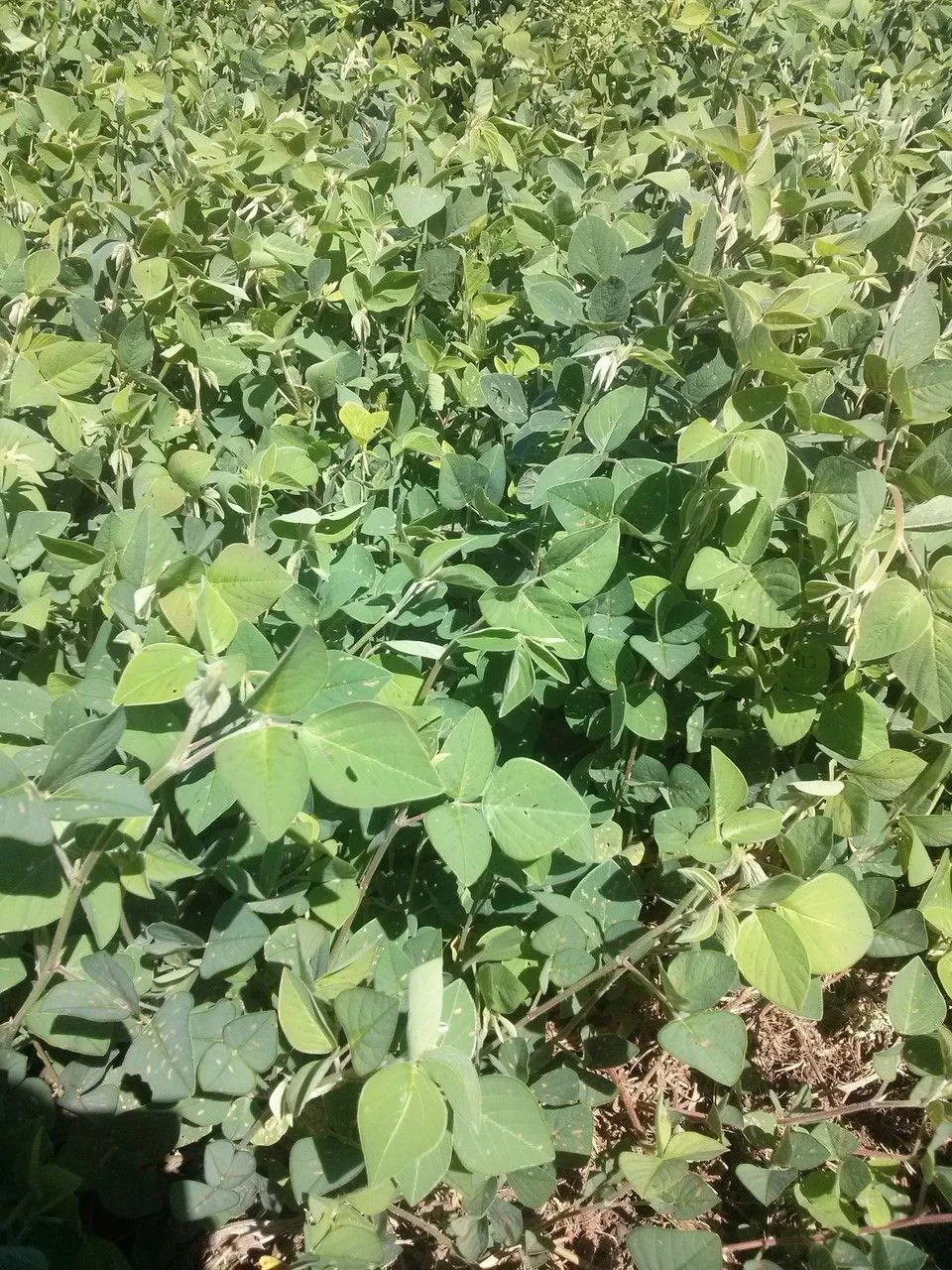
Author: (Mill.) Urb.
Bibliography: Symb. Antill. 8: 292 (1920)
Year: 1920
Status: accepted
Rank: species
Genus: Desmodium
Vegetable: False
Observations: Arizona to Trop. America
Beggar-lice, scientifically known as Desmodium intortum, is a fascinating plant that belongs to the Fabaceae family. This species, described in scientific literature as early as 1920 by the botanist Urban, thrives in regions ranging from Arizona to Tropical America. Its presence in diverse habitats reflects its adaptability and resilience.
Desmodium intortum, with its common name deriving from the small, hitchhiking seeds that cling to animals and clothing, often draws attention not only for its unique seed dispersal mechanism but also for its ecological and agricultural significance. The beggar-lice plant is typically found in open fields, pastures, and along roadsides, showcasing its versatility in various environmental conditions.
The plant features trifoliate leaves and produces small, purplish flowers which develop into flat, segmented pods. These pods contain the notorious “lice,” which are actually seeds designed with tiny hooks for attachment. This natural mechanism aids in the widespread distribution of the plant, ensuring its propagation across extensive territories.
From an ecological standpoint, Desmodium intortum often plays a crucial role in improving soil fertility due to its nitrogen-fixing capabilities—a characteristic trait of the Fabaceae family. This makes it a valuable plant in sustainable agricultural practices, as it enhances soil health without the need for synthetic fertilizers.
In summary, Beggar-lice or Desmodium intortum stands out as a significant plant species both for its botanical interest and its practical benefits. Its ability to adapt across a diverse geographical range, coupled with its role in ecological enhancement, underscores the important place it holds in both natural and managed ecosystems.
Eng: greenleaf ticktrefoil, beggar-lice, green-leaf desmodium, green-leaf tick trefoil
Spa: amor seco, desmodio verde, pega pega, maricao
Fra: desmodie
Deu: grünes desmodium
En: Beggar-lice, Green-leaf desmodium, Green-leaf tick trefoil, Greenleaf ticktrefoil, Greenleaf Desmodium, Greenleaf tickclover, Beggarlice, Narrow Buckler-fern, Zarza Blanca, Amor seco, Greenleaf tick trefoil, Maricao, Desmodium Greenleaf
Zh: Niu qu shan ma huang, 扭曲山蚂蟥, 西班牙三葉草
Fr: Desmodie, Colle-colle
De: Grünes Desmodium
Es: Amor seco, Pega pega, Desmodio verde, Maricao
Zh-tw: 西班牙三葉草
Taken Aug 5, 2019 by nitzon liam (cc-by-sa)
Taken Apr 15, 2021 by Gaëtan Ncl (cc-by-sa)
© copyright of the Board of Trustees of the Royal Botanic Gardens, Kew.
© copyright of the Board of Trustees of the Royal Botanic Gardens, Kew.
© copyright of the Board of Trustees of the Royal Botanic Gardens, Kew.
Taken Apr 10, 2015 by Tela Botanica − Hugo SANTACREU (cc-by-sa)
Taken Apr 10, 2015 by Tela Botanica − Hugo SANTACREU (cc-by-sa)
Taken Sep 2, 2021 by marjie esteban (cc-by-sa)
Taken Apr 15, 2021 by Gaëtan Ncl (cc-by-sa)
Taken Apr 1, 2016 by Hugo SANTACREU (cc-by-sa)
Taken Nov 12, 2020 by Shannon the cannon (cc-by-sa)
Taken Nov 12, 2022 by xaranar (cc-by-sa)
Taken Nov 16, 2020 by Salazar osberto (cc-by-sa)
Taken Oct 27, 2015 by Tela Botanica − julien (cc-by-sa)
Taken Jun 19, 2019 by yannis hoareau (cc-by-sa)
Taken Nov 27, 2019 by Rajendra Rajendra Choure (cc-by-sa)
Taken Mar 5, 2021 by Valero Omar (cc-by-sa)
Taken Sep 18, 2019 by Luis Oscar Herrera Valdez (cc-by-sa)
Taken Jan 19, 2020 by ariel saturay (cc-by-sa)
Taken Jan 1, 1900 by EOL − Acevedo, P. (cc-by-nc-sa)
Taken Jan 23, 2009 by OTS – Oviedo-Brenes, Federico (cc-by-nc-sa)
Taken Jan 23, 2009 by OTS – Oviedo-Brenes, Federico (cc-by-nc-sa)
Taken Jan 23, 2009 by OTS – Oviedo-Brenes, Federico (cc-by-nc-sa)
Taken Jan 23, 2009 by OTS – Oviedo-Brenes, Federico (cc-by-nc-sa)
Taken Jan 1, 1900 by EOL − Forest & Kim Starr (cc-by)
Taken Apr 10, 2015 by Tela Botanica − Hugo SANTACREU (cc-by-sa)
Growth form>: Single Stem
Growth habit>: Vine, Forb/herb
Growth rate>: Moderate
Ph maximum: 7.1
Ph minimum: 4.5
Family: Myrtaceae Author: (F.Muell.) K.D.Hill & L.A.S.Johnson Bibliography: Telopea 6: 402 (1995) Year: 1995 Status:…
Family: Rubiaceae Author: Pierre ex A.Froehner Bibliography: Notizbl. Bot. Gart. Berlin-Dahlem 1: 237 (1897) Year:…
Family: Sapindaceae Author: Koidz. Bibliography: J. Coll. Sci. Imp. Univ. Tokyo 32(1): 38 (1911) Year:…
Family: Asteraceae Author: A.Gray Bibliography: Pacif. Railr. Rep.: 107 (1857) Year: 1857 Status: accepted Rank:…
Family: Fabaceae Author: Medik. Bibliography: Vorles. Churpfälz. Phys.-Ökon. Ges. 2: 398 (1787) Year: 1787 Status:…
Family: Aspleniaceae Author: (Cav.) Alston Bibliography: Bull. Misc. Inform. Kew 1932: 309 (1932) Year: 1932…